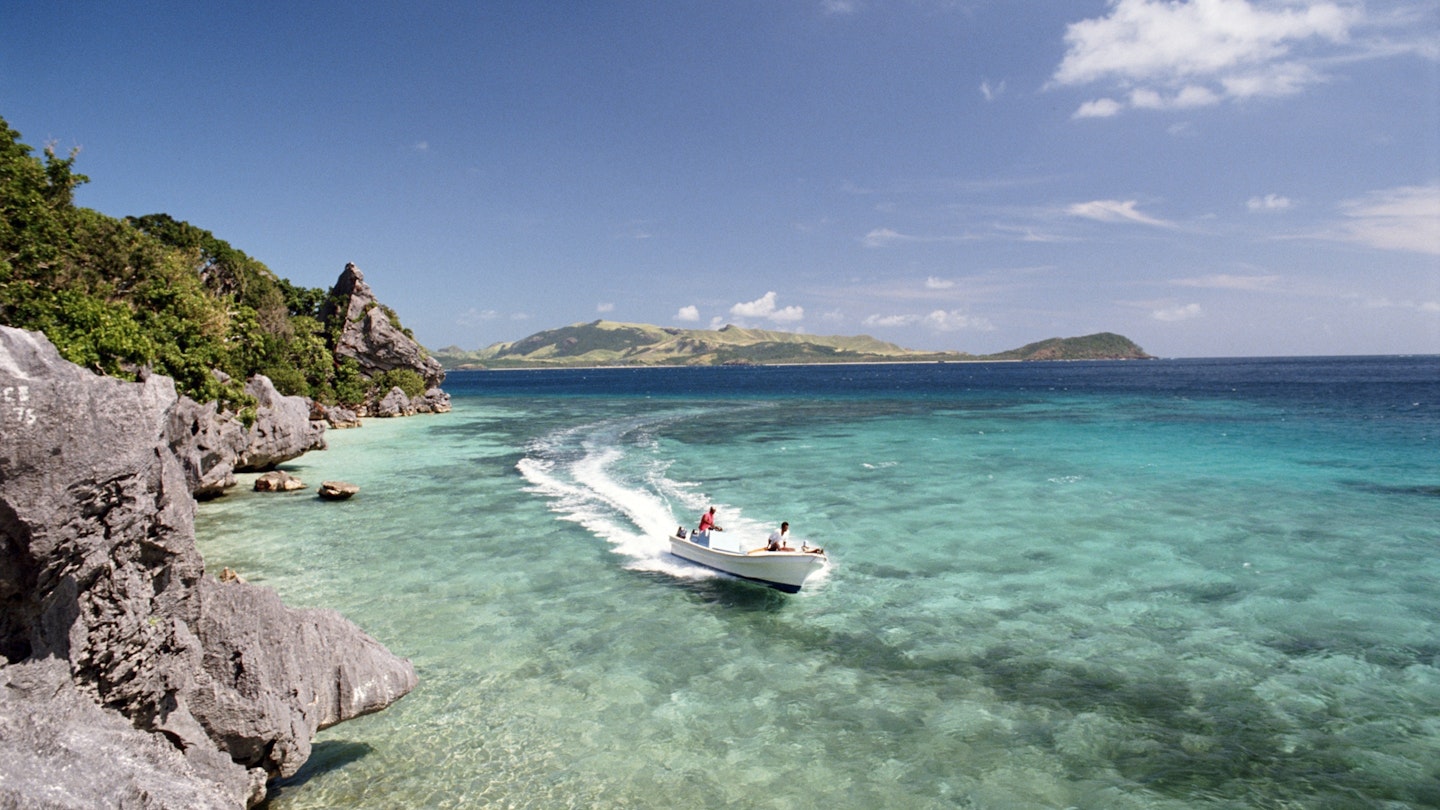Discover the Best Time to Visit Fiji
White sand beaches, swaying palm fronds, colorful coral reefs: for many, the allure of Fiji is in its stunning landscapes. However, this South Pacific archipelago also offers countless remarkable local experiences that complement its natural beauty.
While the best weather in Fiji coincides with higher prices and larger crowds, it’s important to note that there’s never a bad time to visit Fiji—even during cyclone season. Whether you want to lounge on a beach, sail between islands, or snorkel with manta rays, learn about the optimal times to head to Fiji.

June to September: High Season with Idyllic Weather
Fiji experiences two primary seasons: summer (the wet season) and winter (the dry season). The dry season, generally from June to September, marks the peak tourist season in Fiji, with temperatures ranging from 20–30°C (68–86°F). Consequently, you can expect higher accommodation prices, especially on Denarau Island, where many families from Australia and New Zealand flock during their winter school holidays.
While “high season” might bring to mind crowded beaches, many resorts are spread across the islands, providing opportunities for tranquility even during busier times.
This period is also optimal for enjoying a variety of ocean adventures. Surfers flock to iconic spots like Cloudbreak at Tavarua Island, known for hosting the World Surf League Championships. If you are not a surfer, catching a boat ride to watch professional surfers is an exhilarating experience.
During these months, be on the lookout for sailboats on the horizon as sailors from around the South Pacific visit to explore the islands. The Fiji Regatta Week in September is a highlight, presenting perfect opportunities for sailing. Moreover, a visit to the Fiji Museum allows a glimpse into the region’s rich seafaring history.
Underwater, the dry season is also an incredible time for scuba diving and snorkeling with manta rays, particularly in the Yasawa Islands and the Great Astrolabe Reef off Kadavu. The clear visibility during this period enables divers to fully appreciate the vibrant reefs teeming with marine life.

Visit Fiji in May or October for Fewer Crowds and Plenty of Sun
May and October are considered shoulder months in Fiji. These months offer the advantage of fewer tourists and pleasant weather. In May, the dry season begins, with temperatures rising toward the high 20°Cs (high 60°F). By late October, temperatures consistently warm to low 30°Cs (low 80°F) with relatively low humidity.
October is brimming with festivities, notably Fiji Day at the beginning of the month, which marks independence from British rule. Many Fijians celebrate with beach side feasts and lively music and dance performances. Additionally, the Uprising Beach Resort hosts Fiji’s largest music festival during this period, creating a vibrant atmosphere for local musicians and beachside dancing.
As October concludes, Fiji celebrates Diwali, the festival of lights, uniting communities through fireworks, traditional curries, and celebrations across the islands.

Low Season Rates During Fiji’s Cyclone Season (November to April)
The climate in Fiji remains warm year-round, especially during tropical cyclone season, which spans from November to April. The peak periods typically occur between January and February, representing Fiji’s hottest months.
Traveling to Fiji during this time might feel uncertain if you desire consistent sunshine and calm seas. However, there remains a high chance of enjoying pleasant weather in this region. While temperatures can rise during the day, most days linger around high 20°Cs (high 60°F). On smaller islands, rainstorms tend to pass quickly, leaving behind clear blue skies. Outside of the Christmas and New Year school holidays, accommodation prices are generally lower, providing travelers a greater variety of room options.
Christmas holds significant importance in Fiji, with vibrant markets, musical performances, and community gatherings across major islands. Similarly, New Year’s Eve celebrations are lively, marking one of the first countries to welcome the New Year.
March often brings the heaviest rainfall, while colorful Holi festivities create a lively atmosphere as Hindu Indo-Fijians celebrate new beginnings through playful festivities. April eases the rainfall as cyclone season ends, with temperatures remaining consistent and surf conditions occasionally inviting for water sports enthusiasts.





